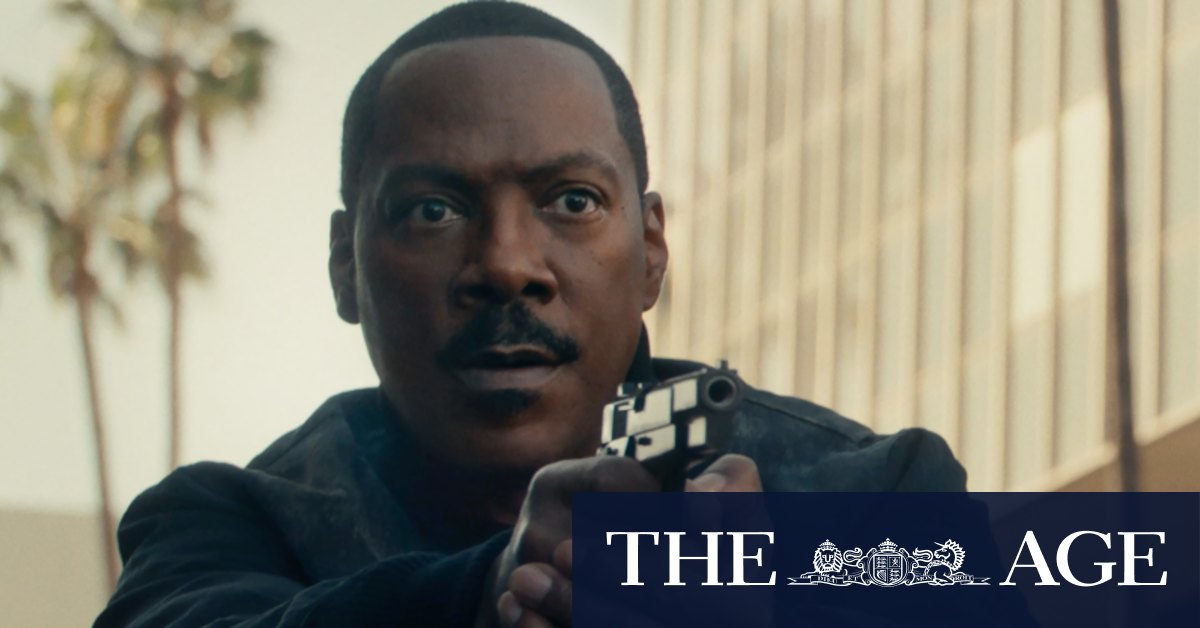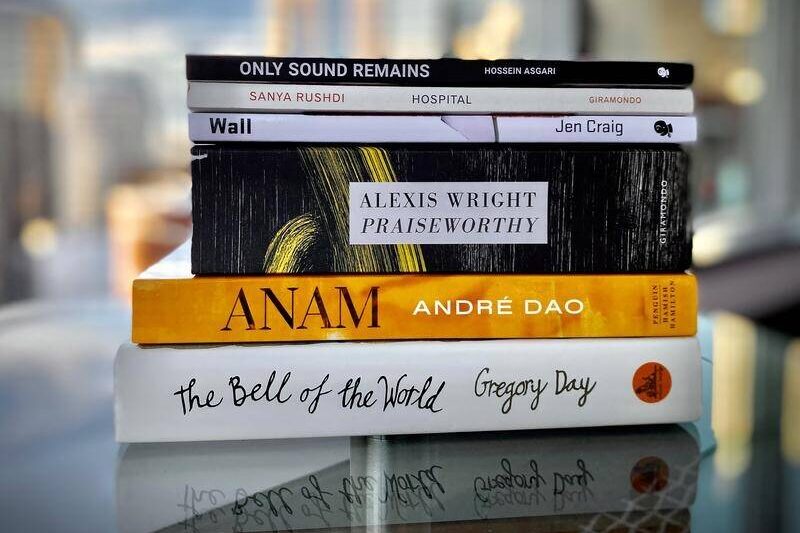Photography / Manipulated Realities, Brian Rope. At Manning Clark House until July 13. Reviewed by CON BOEKEL
Rope is a doyen of the Canberra and national photography scenes. He has created dozens of photobooks. He is a prolific critic, writing for numerous outlets including for CityNews.
He engages actively in at least four local and national photography groups, often at a national leadership level. He is regularly invited to judge photography competitions.
Rope was given a camera for his eighth birthday. In the photography domain his first love was, and is, creating photographs. Over many decades he has contributed to around a hundred group exhibitions. In his eighties, this is Rope’s first solo exhibition. What is it they say about fine wine?
Manipulated Realities might be expected to make a definitive life statement. Instead it presents a paradox – it is not the answers that matter but the questions. Further, for Rope, it is not the techniques that matter in themselves but rather how well they help generate questions.

In both a playful and a deeper sense the artist here seeks to trigger us to ask: “What on earth is going on here?”
The approach is to transpose and superimpose places, imagery, colours and forms. The visual impact is akin to seeing several screens simultaneously. The layers speak to one another, generating questions.
Familiar subjects are translocated in disconcerting ways. The Buckingham Palace guard stolidly defends a stony wasteland in Gemstone Beach. The sky mirrors the beach. The left of the beach mirrors the right of the beach. In this maze, the guard has the utterly impassive visage we expect from a Palace Guard. Palace or beach – would it matter to him?
Rope’s colours are generally fully saturated. Lawson-Kangaroo Valley-Snowy Mountains demonstrates a delicate use of muted colours. Again there is the adaptive use of framing, including in this case a billboard. The mood here leads to a more peaceful and less frenetic line of inquiry.
A leitmotif is the positioning of squares and rectangles on to scenes with naturally flowing lines and fluid shapes. Repetition, refraction and reflection add to the complexity. Successive layers may represent different depths of focus shuttling the viewer deeper into the picture space.

There is a playful use of the concept of framing “reality” by deploying multiple frames within the images themselves. In Down Down Kaleen Kaleen the windscreen wipers and the real edges of an industrial pump box are used as frames. Multiple photoshopped frames are added. Does reality frame questions or do questions frame reality? How can that particular question even “work”?
This is a tightly-curated exhibition with an inventive set of conceptual and technical variations on a theme. It thrums. It generates a satisfying uncertainty. There is a lurking feeling of questions yet to be asked, of life’s unknown unknowns. In this sense the exhibition, framed by the interiors of Manning Clark House, is a fitting coda to the aspirations of Dymphna and Manning Clark.
Knowing Rope as both a friend and as an energetic colleague, I believe Manipulated Realities will not be a swan song.
Whither now?
Who can be trusted?
In a world of spin and confusion, there’s never been a more important time to support independent journalism in Canberra.
If you trust our work online and want to enforce the power of independent voices, I invite you to make a small contribution.
Every dollar of support is invested back into our journalism to help keep citynews.com.au strong and free.
Thank you,
Ian Meikle, editor





